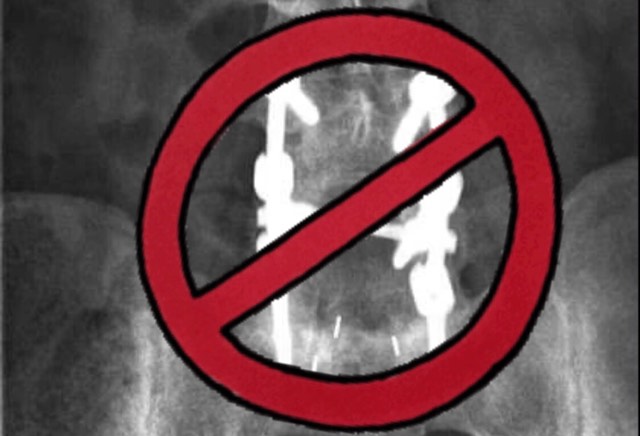This article is excerpted from Becker’s Spine Review, written by Laura Dyrda on March 1, 2019.
Spine surgeons discuss the technology and techniques that will fade over the next few years, and factors driving the disappearance.
Q: What do you think will fade or disappear from the spine field over the next few years?
Mitchell Levine, MD. Lenox Hill Hospital (New York City): Interventions for focal back pain and neck pain without neurological involvement are going to trend down. Insurance companies are tightening their criteria for approving fusion surgeries and evidence-based care will be standard. This increased scrutiny on efficacy will be brought to bear on all aspects of spine care, including pain management and physical therapy as well. The overuse of epidural steroids and ablative procedures in spinal stenosis treatment is already being evaluated.
Nigel Price, MD. Children’s Mercy Kansas City (Mo.): Several value-driven practices are changing the outcomes. We will see fewer infections, less need for transfusions, early mobilization and earlier discharges from the inpatient side. We will hopefully make better decisions in terms of preoperative planning and execution so avoidable complications necessitating revision surgery will be reduced. Collaboration across many institutions will help refine technique through sharing of data. There will be fewer spine fusions for deformity in the younger age group as techniques and technologies for doing guided growth will encourage more fusionless surgery.
Jeffrey Cantor, MD. Cantor Spine Institute (Fort Lauderdale, Fla.): Traditional bone cutting tools are the easiest old technology to replace.
Eugene Koh, MD, PhD. University of Maryland School of Medicine (Baltimore): Currently, insurance companies are collecting data on each individual surgeon, including expense for each individual procedure (for example, the cost for a single-level ACDF). Certain insurance companies are financially incentivizing primary care physicians to refer to the least expensive surgeons. As they accumulate more data, including outcomes data, the insurance companies would dictate the procedure or surgeon with the lowest revision rate. Numerous reports have demonstrated interspinous devices for lumbar spinal stenosis have poor outcomes and a high re-operation rate. Insurance companies will make it more and more difficult for surgeons to justify placing these implants or any devices that have a high revision rate.
Andrew Cordover, MD. Andrews Sorts Medicine & Orthopaedic Center (Birmingham, Ala.): I have a concern with the over-reliance on technology and the disappearance of knowledge of basic, technical surgical principles. The burden will fall on teaching institutions to make sure that doesn’t happen as image guidance and new biologics (which may allow for suboptimal surgical technique) gain acceptance.
Avery Jackson, MD. Michigan Neurosurgical Institute (Grand Blanc): I think interbody spinous devices will eventually fade. I think halo fixation will eventually fade.
The Bonati Spine Institute has been combating the use of fusion, hardware and other devices in spine surgery for over three decades. By utilizing the targeted Bonati Spine Procedures, with techniques developed and patented by Dr. Bonati, patients have received amazing results with a 98.75% patient reported satisfaction rating. If you are suffering from back or neck pain and would like to discuss your case with our team, we would be happy to speak to you. Simply click here or call us at 855-267-0482.
See the original article here: https://www.beckersspine.com/orthopedic-a-spine-device-a-implant-news/item/44905-the-spine-surgery-devices-techniques-that-won-t-stand-the-test-of-time.html

